Ecommerce Demand Forecasting 101: Everything You Need to Know to Grow Your Business
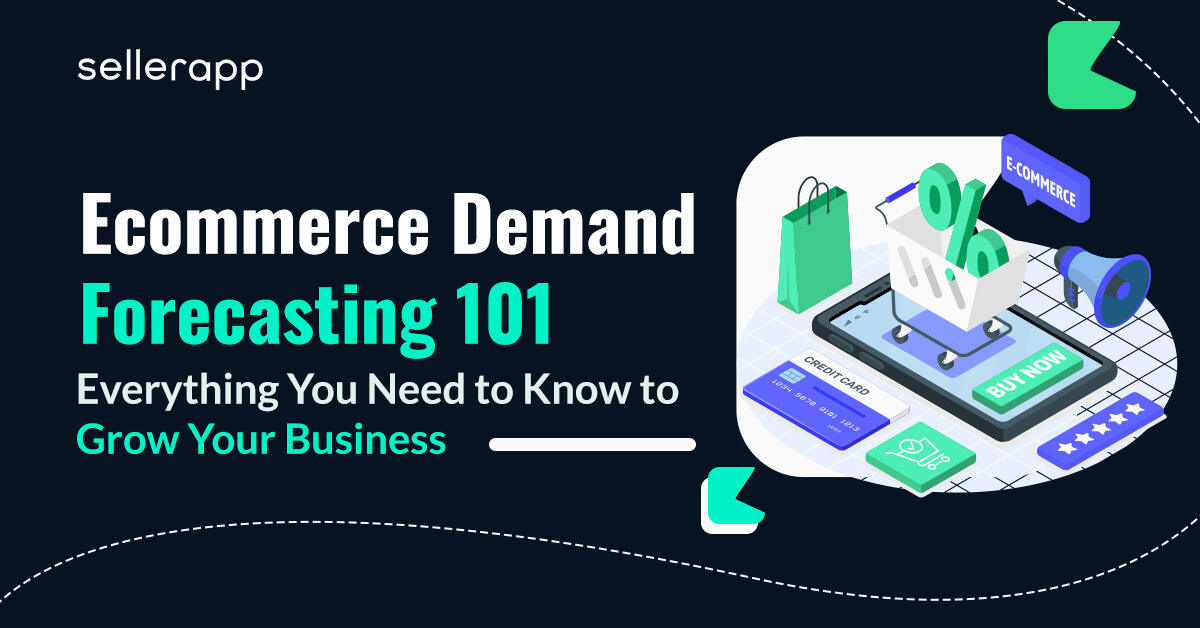
“Learn from the past if you want to predict the future.” – Confucius
Though Confucius didn’t reference it for eCommerce, it’s still relevant to all businesses selling online.
Running an e-commerce business is not easy!
With volatile supply chains, finicky consumer demand, and a sea of competitors, it’s more important than ever for e-commerce sellers to have a solid demand forecasting strategy.
Accurate demand forecasting is essential for sellers to understand which products are in demand in a specific period. Using this information, sellers can optimize inventory, reduce overstocking or understocking, and keep their customers happy.
Whether your brand is just starting out or in a high-growth mode, by staying ahead of consumer demand, you’ll be able to capitalize on opportunities, address potential challenges, and ultimately watch your business grow.
This article will explain what e-commerce demand forecasting is and how it helps you grow your business.
Here is a quick peek at the article:
- What is e-commerce demand forecasting?
- Why is e-commerce demand forecasting important?
- What types of demand forecasting are there?
- Challenges in demand forecasting eCommerce
- Variables that impact e-commerce customer demand
- Five essential steps in an e-commerce demand forecasting process
- Final thoughts
What is e-commerce demand forecasting?
E-commerce demand forecasting is a dynamic process that takes into account various factors such as historical sales data, market trends, consumer behavior, seasonality, economic situation, and more to predict future demand for products sold online.
In the past, a simple sales forecast was sufficient for e-commerce businesses. But the increasing number of e-commerce platforms and distribution channels has led to a growing need for demand forecasting and predictive analytics in the e-commerce industry. You could always use an Ecommerce Data API to gain an edge.
With this, businesses can make informed decisions about their inventory, marketing, and overall business strategy for the future.
For example, an e-commerce brand that sells winter clothing notices a steady increase in sales of warm hats and scarves during October and November.
With this data, they can make an educated guess that the sales of warm hats and scarves will see a similar trend next year. It helps them be prepared by scaling their inventory to ensure product availability at all times.
Why is e-commerce demand forecasting important?
Whether you’re a beginner seller or an established brand, demand forecast should be a part of your eCommerce strategy.
Not only it helps you assess and reduce risks, but it also helps you optimize your inventory to increase customer satisfaction.
Here are some of the benefits of e-commerce demand forecasting.
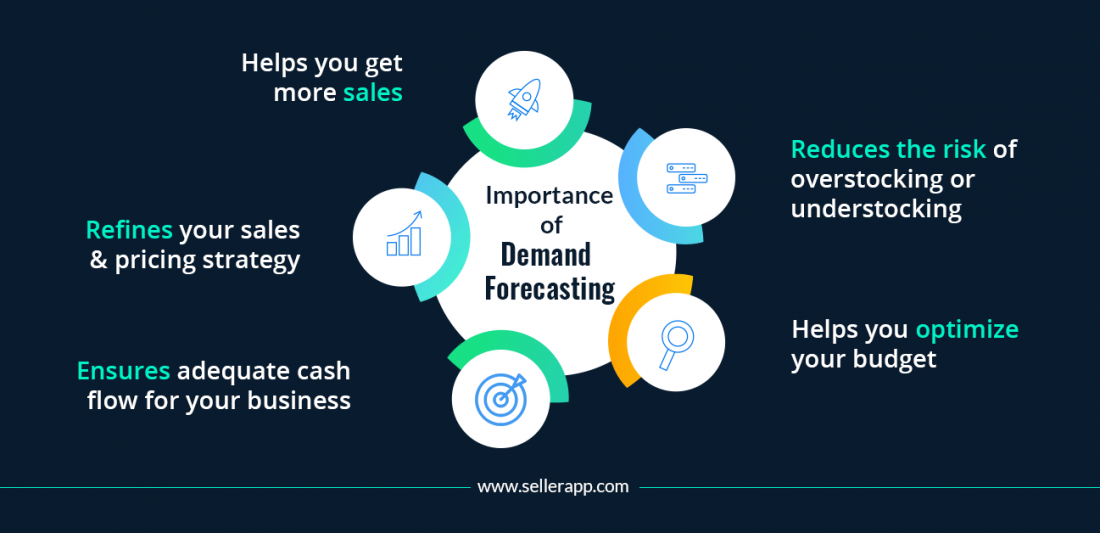
Reduces risk
The most recurring problems e-commerce brands see are understocking and overstocking – both leading to a loss of revenue and accumulation of dead stocks.
Proper demand forecasting ensures you don’t sell out on high-demand products and reduces the number of unsellable products in your inventory.
For example, a sports brand selling “football” noticed that it sells around 200 mn. units during the World Cup.
By analyzing these patterns, the company can forecast future demand and fill up its inventory with the right quantity – thereby avoiding stockouts and minimizing the risk of overstocking.
It’s not just about that; brands with perishable items always have the risk of products expiring before they’re sold. Through demand forecasting, sellers can predict the average order rate, which allows them to reduce the risk of spoilage and wasted inventory.
Optimize your budget
Demand forecasting plays a vital role in optimizing your budget.
By accurately predicting future demand, you can avoid overspending on excess inventory and non-moving or slow-moving products.
This can significantly reduce overhead costs, freeing up capital that can be invested in more productive ways such as marketing, advertising, or developing a new product line.
Ensure adequate cash flow
Poor cash flow can lead to a number of problems, including late payments to vendors and suppliers.
This can result in a bad reputation for your business. Vendors and suppliers may cut you off, leading to an inability to manufacture or supply your products to customers.
Demand forecasting allows you to anticipate peaks and valleys in demand and take steps to manage your cash flow more effectively. For example, you can reserve cash or negotiate bridge loans or credit terms in advance, ensuring you have the necessary funds to pay your bills and keep your business running smoothly.
Refine sales and pricing strategy
Demand forecasting isn’t just about optimizing the inventory. It also helps you to properly price your products.
For example, if you see low demand for your products, you can drop the price to clear out inventory. Similarly, if you see high demand for your products, you can raise the price to maximize your profit margin.
Avoid lost sale opportunities
Going out-of-stock not only affects your profit but also put a dent in your brand value and customer loyalty.
If customers see your products are out of stock, they may go with your competitors and stick with them.
With proper demand forecasting, you can ensure that you’re not going out of stock and keep shoppers happy.
What types of demand forecasting are there?
The different types of demand forecasting ultimately boil down to your goal. However, in general, you’ll work with one of the following six demand forecasting methodologies:
Quantitative demand forecasting
Quantitative forecasting models use historical data to derive patterns for future sales. It gives a solid picture of how your product performs over time.
You can look at the following metrics to conduct quantitative forecasting:
Average sales/ month:
It involves looking at the average sales for a product over a certain period of time.
For example, let’s say a clothing store has an average monthly sales of 100 units in the last six months. In that case, it’s assumed that their average demand will be more or less similar for the next month unless any seasonal trends or changes are observed.
Moving averages:
This involves calculating the average sales over a moving time period, such as the last 3 or 6 months. This can help to identify trends in demand and account for seasonality.
For example, if a clothing store notices an increasing trend in sales over the past six months, they might come to a conclusion that they will see the similar increase in trend in the upcoming six months.
Qualitative demand forecasting
You might not have past data if you’re launching a new product or trying to get into a new industry. In this case, qualitative forecasting is the way to go.
There are several types of qualitative demand forecasting, including
- Expert opinion: This method involves consulting with experts in the field, such as industry analysts or market research consultants, to gather their opinions on the likely demand for a product or service.
For example, a company launching a new smartphone may gather expert opinions from technology reviewers to forecast demand.
- Delphi method: This method involves a panel of experts who anonymously provide their forecasts, which are then compiled and shared with the group. The process is repeated multiple times until a consensus forecast is reached. This method can reduce bias and capture a wide range of perspectives.
- Sales force composite: This method involves gathering forecasts from a company’s sales team and combining them to create an overall forecast.
- Consumer surveys: This method involves surveying potential customers to gather information about buying habits and the demand for the product. For example, a company planning to launch a new line of clothing may conduct a consumer survey to forecast demand for specific items.
Note: It is important to note that, Qualitative demand forecasting is less accurate than quantitative methods and should be used in addition to other forecasting techniques to get a complete picture of the demand.
Macro-level demand forecasting
Macro-level demand forecasting considers the broader economic and industry trends that can affect demand for a product.
It is particularly useful for companies launching new products or entering new market segments. For example, let’s say an audio brand SkullCandy wants to get into the wearables segment.
They’d need to analyze trends in the fashion industry as well as macroeconomic and consumer trends to predict whether the wearable product line will succeed.
Micro-level demand forecasting
It’s exactly the opposite of macro-level demand forecasting. Here, businesses drill down to their own business performance to understand risks in a specific segment, fix supply chain issues and capitalize on what’s working in the industry. Some metrics they consider are
- Past sales performance of products
- Profit margins on different items
- Cost of production and cash flow, etc.
Long-term demand forecasting
As the name suggests, long-term demand forecasting analyzes data for the next 12 – 24 months, for some cases, even 48 months. This helps organizations create a better business strategy for the long term.
For example, a company in renewable energy might use long-term demand forecasting to predict the future demand for solar panels based on trends in government regulations and consumer attitudes toward renewable energy.
Short-term demand forecasting
Short-term demand forecasting is a method of forecasting demand that looks at a shorter period of time, typically from 3 to 12 months.
It allows companies to react quickly to changes in demand and adjust their inventory, production, and manpower in a timely manner.
Challenges in e-commerce demand forecasting
Anything worthwhile comes with challenges. E-commerce demand forecasting is not an exception as well!
Here are some of the challenges in demand forecasting in e-commerce:
The dynamic nature of the retail industry
The retail industry is extremely dynamic, with a host of factors influencing demand for the products. This can yield inaccurate results even if you create a forecast based on historical data.
Here are some factors that influence a product’s demand:
- Changes in product mix
- Change in location
- Innovative moves by competitors
- Changes in seasonality
- Instability in geopolitics
- Changes in vendor pricing
- Changes in promotional strategies
Change in any of these can have a domino effect on every phase of a business, from the supply chain to the product demand.
Applying the wrong methodology
As we discussed before, there are several different methods of demand forecasting, and each method has its strengths and weaknesses. Choosing the wrong method can lead to inaccurate predictions and wasted resources.
Therefore, businesses need to take a step back, assess the available options, and carefully pick the most effective methodology.
Incomplete data to make decisions.
Another challenge of demand forecasting is not having enough data or inaccurate data.
Retailers must have a good amount of historical data to create accurate forecasts. This is particularly true for businesses that adopt quantitative forecasting methods. If the data is not complete, it can lead to inaccurate predictions and poor decision-making.
An example of this is Amazon. The platform only gives limited data to sellers, which is not sufficient to accurately create demand forecasts.
Fortunately, with the help of the SellerApp Sales Dashboard, sellers can get historical sales data for a wider timeframe, which helps them create accurate forecasts for their businesses.
Not accounting for economic conditions.
Not accounting for economic conditions is another important challenge of demand forecasting.
For example, over the last few years, the world has been hit by a global pandemic, which has led to a range of economic issues, including the lack of raw materials, transportation delays, labor shortages, and supply chain disruptions.
Similarly, with the current threat of recession, the demand for high-priced luxury products has dropped.
Retailers need to include all these factors when calculating their demand forecasts. It’ll help them make more informed decisions and improves their profitability.
Variables that impact e-commerce customer demand
At this point, you might be wondering how external factors can affect your demand forecasting.
Variables like seasonal trends, market size, and competition greatly impact demand forecasting for the products.
Let’s see how!
Seasonal trends
Seasonal trends refer to the periods of high and low customer demand for products, depending on the time of year. These fluctuations, also known as seasonality, can significantly impact demand forecasting.
For instance, you can observe seasonality during Black Friday and Cyber Monday based on product and category.
For instance, you can observe seasonality for certain categories during Black Friday and Cyber Monday. In fact, Amazon has seen an incredible 112% growth in sales in the 2022 holiday season compared to 2021 (source).
This trend will likely continue in 2023 and could set even bigger records.
Similarly, if you see a predictable spike in sales during a specific time of the year, you need to factor that into your demand forecasting.
Market size and demographics
When it comes to demand forecasting, market size and demographics are important factors.
DTC brands often come in all shapes and sizes. While some cater to a local niche audience, many serve customers worldwide.
Regardless, market size and demographics need to be looked at when creating a demand forecast since customers in different locations may have different tastes and preferences.
A great example of this is Lay’s potato chips. In the United States, Frito Lay sells flavors like onion and cheese.
Meanwhile, in other parts of the world, particularly in Asia, they sell curry-flavored and spicy chips, which can’t be easily found in the US.
This is because US consumers are not fond-of spices that much.
Product categories
You need to consider the product categories when creating a demand forecast. It can have a significant impact on the sales momentum of the product.
For example, if your brand sells high-priced goods such as electronics items, you’ll likely see low sales velocity. In this case, your forecast should be spread out for 24-48 months.
On the other hand, if you sell CPG goods, you might have to forecast consistently to find accurate demand for the coming months.
Competition
Another important factor to consider when forecasting demand is the impact of competitors.
For example, if a new brand enters your industry, it may steal some of your customers with aggressive advertising. It can cause a drop in sales for your product.
Or perhaps, one of your existing competitors ran a successful video marketing campaign that got good traction. It can win your customers over, and your product will see a decline in sales.
One way to counter competition is by focusing on differentiating your brand and product.
You can do this by serving customers better. For example, offering more size or color options and introducing an improved feature for your product.
Alternatively, you can run PPC campaigns to boost your product sales and increase visibility.
Five basic steps in an e-commerce demand forecasting process
Now that you know what the importance and challenges of demand forecasting are, let’s learn the five steps to create a demand forecast for your business:
Identify business goals
As with many business processes, the first step of demand forecasting is identifying the goals. Even before you start analyzing data, you need to know what you want to achieve in the short and long run.
For example, your goals might look like this:
- Reducing slow-moving stock
- Avoiding stockouts
- Selling xx units of your latest product in 3 months.
Once you specify your goals, set a realistic timeline for reaching them. This helps you create an actionable game plan to achieve the goals.
Collect data
Once you set up the goals, it’s time to collect data.
Internal data refers to metrics like
Revenue/ day:
Calculate the revenue your product generates daily. By monitoring this metric, you can see how your revenue trend has changed over time and make future strategies based on that.
Average Sales per month:
Calculate how many units of your product are selling on a monthly basis. This metric helps you adjust your inventory level effectively.
Average order value (AOV):
It’s calculated by dividing total revenue by the number of orders. It gives an idea of the average amount a customer spends per order when purchasing your products on Amazon.
A higher AOV indicates that customers are purchasing more or higher-priced items per order, which suggests strong demand for that product. AOV is also used to calculate revenue projections for the future by multiplying predicted order volume with the average order value.
Return rate:
There’s no point in meeting your sales goal if customers keep returning your product and asking for a refund. Tracking the return rate helps you identify any issues with the product quality or customer service that may impact demand.
Net Sales:
Net sales in the total amount of revenue you get after deducting discounts, reimbursements, and other costs. This metric gives an idea of the overall financial health of your business and enables you to forecast and adjust your budget accordingly.
While it’s possible to collect all these data manually, it’ll be easier to do it with a data analytics platform like SellerApp.
Let’s say you want to calculate est. sales/day or est. revenue/day for your products using the SellerApp platform.
Log in to SellerApp dashboard → Go to Product Intelligence → Select a tracked product or track your product on the top right corner.
From here, you can track the est. revenue/ day, and est. sales/day for your products.
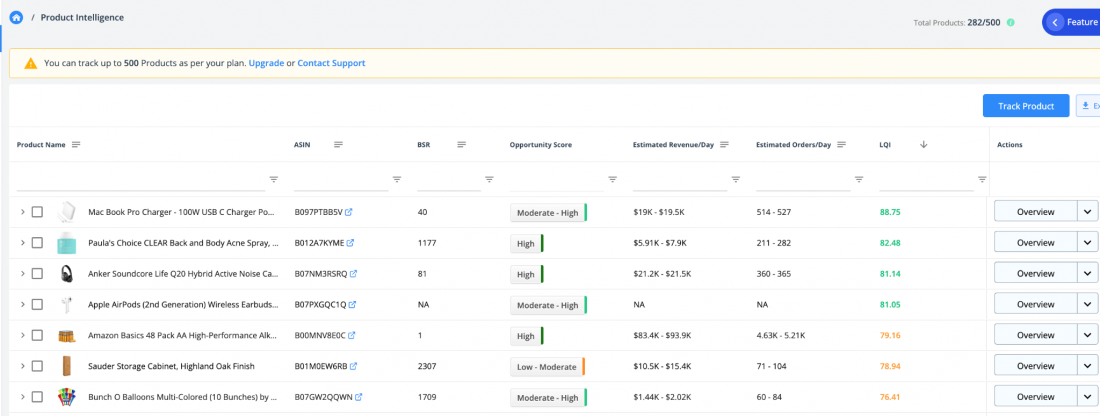
To create an accurate demand forecast, you also need to find out the return rate of your products. Fortunately, Amazon Seller Central makes it easier.
Go to Seller Central → Reports → Business Reports → Seller Performance to see the return rate for your products. You can filter the data by day, week, month, or year to understand the return trend.
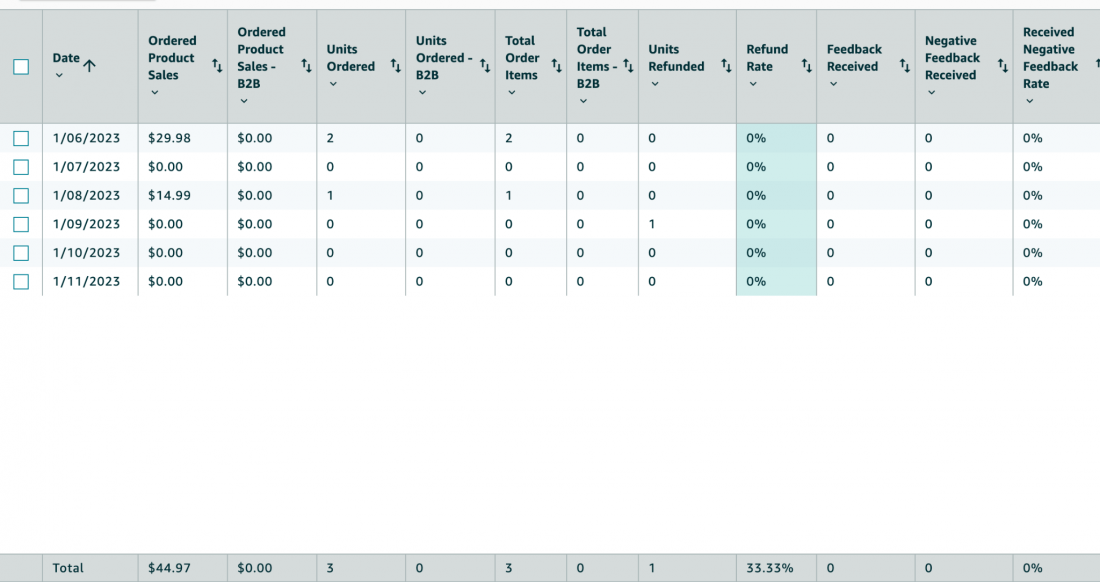
Analyze data
After you have compiled all the data, it’s time to comb through the data to find patterns and trends.
Note any spike or decline in your sales during the year.
Do you find any of the insights aligned with some economic or seasonal trends? Are they diverging from your expectations? If so, why?
Get granular on individual products and sales channels to gain a fresh perspective.
For example, let’s say a particular product didn’t generate any sales within a specific timeline last month.
What does that tell you?
Is it because there was no demand for the product, or was it out of stock for the timeframe? Or your product was not visible to the right customer?
Zeroing in on the specific reasons can radically change the result of your forecasts – which is why analyzing data is just as important as collecting it.
Create a forecast for success
Now, it’s time to forecast demand and adjust your budget and inventory to improve your business performance.
But how to do that?
Let’s say you found the demand for one of your products is declining due to seasonal downtime. You can stop ordering the product until the demand picks up.
This way, you have more capital and storage space to utilize on other in-demand products.
For e-commerce, the cycle of “collect-analyze-predict” should be done often, monthly, quarterly, and yearly basis.
The more you do it, the more likely you’ll find new trends and patterns to make informed decisions.
Note: Don’t forget to factor in your current stock level in the demand forecast. Additionally, keep a little safety stock in your forecast if there’s a supply chain disruption or a surge in demand.
Final thoughts
E-commerce demand forecasting, after all, is all about predicting the future with the help of data.
Get it right, and you can optimize your inventory and business operations to meet the customers’ needs.
On top of that, you’ll get other benefits, such as reduced risk, optimized pricing, increased order value, and more.
So, what are you waiting for? You know the process – now go and create your first demand forecast – no crystal ball required!
Additional Read:
Eliminating Counterfeit Goods: How Amazon Project Zero is Changing the Game.
A Look at the Challenges DTC Brands is Confronting Today.


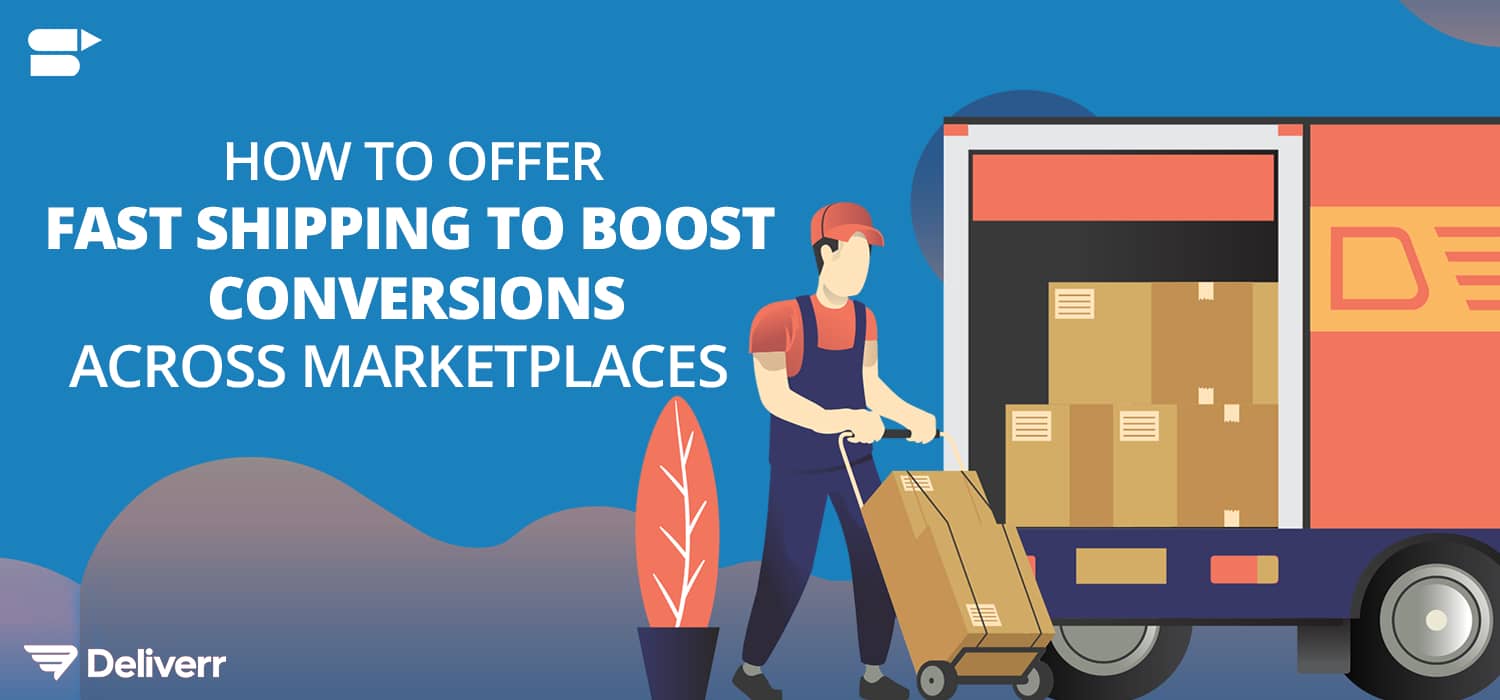
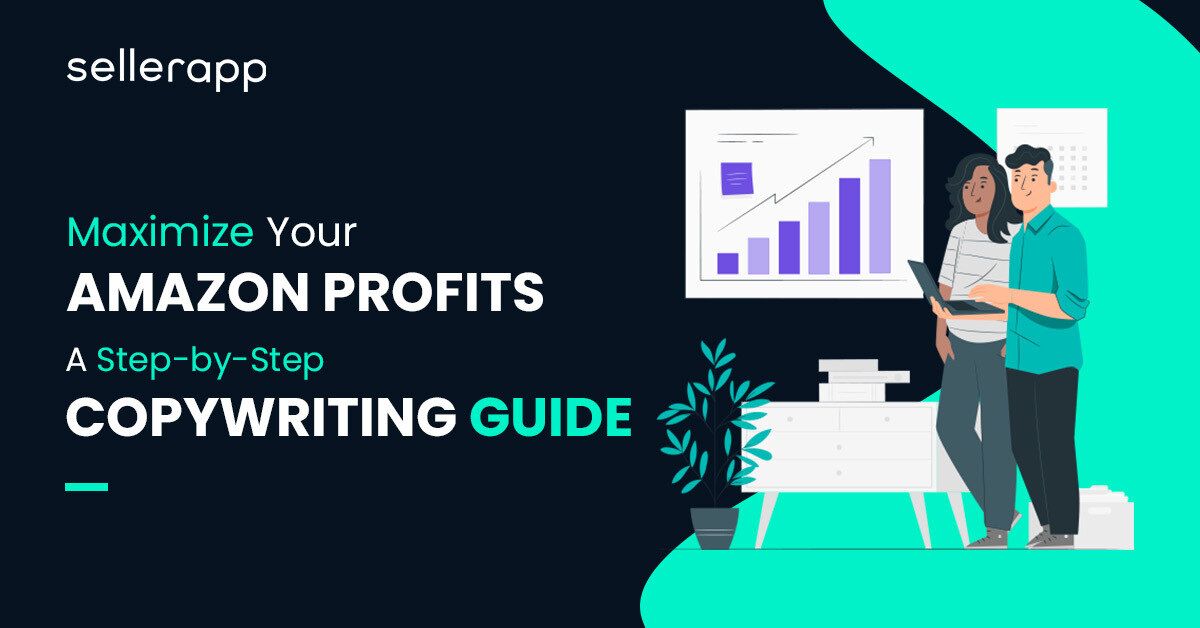

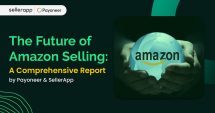

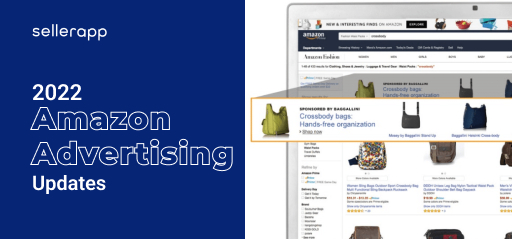
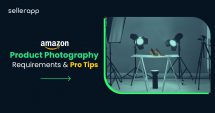
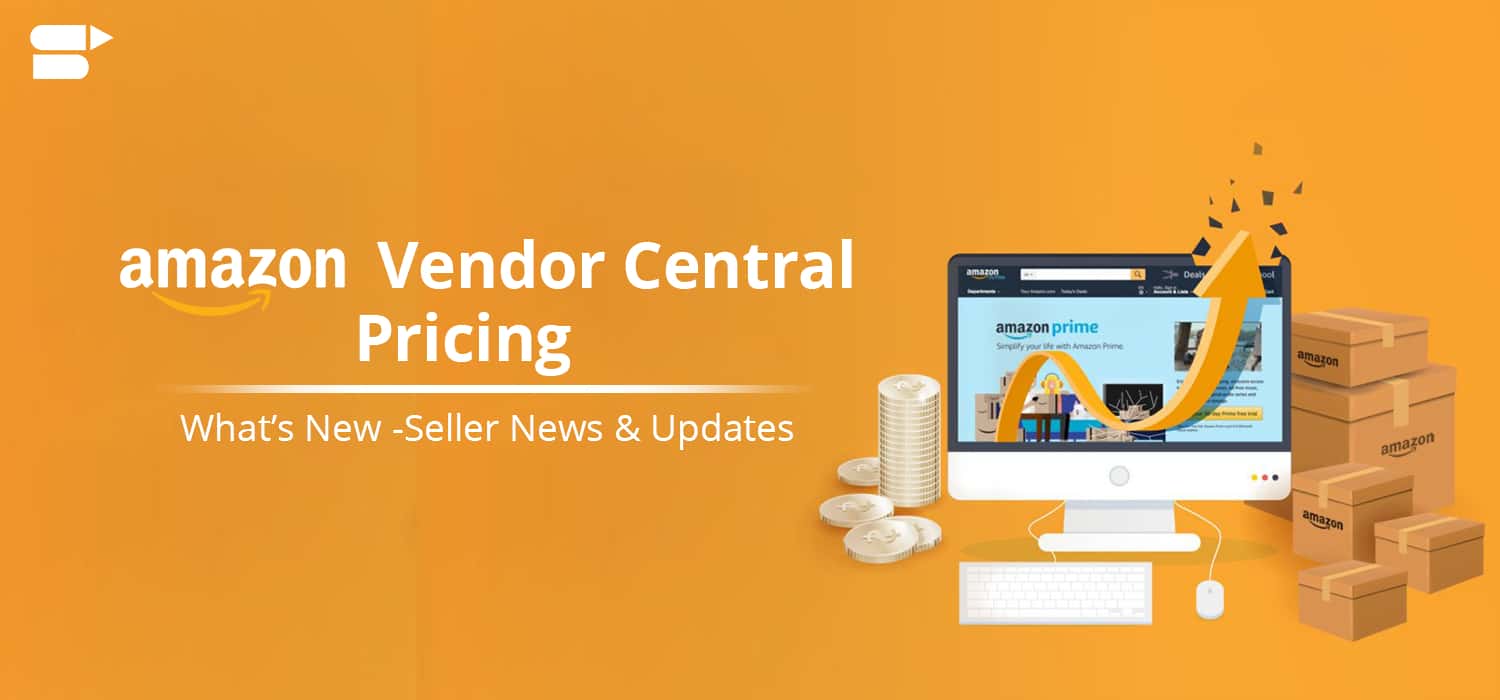

Deonne
January 19, 2023I recently came across this E-COMMERCE demand forecasting blog and it has been an invaluable resource for my business. The articles are well-researched and provide actionable insights that I can apply to my own forecasting strategies.
Charmaine
January 19, 2023I have been following this E-COMMERCE demand forecasting blog for a while now and it has been a great source of information for my team. The blog is written in an easy-to-understand language and provides a lot of practical examples and case studies. The author has a wealth of knowledge and experience in the field, and his insights have helped us improve our forecasting accuracy. I would recommend this blog to anyone looking to improve their demand forecasting in the E-COMMERCE space.